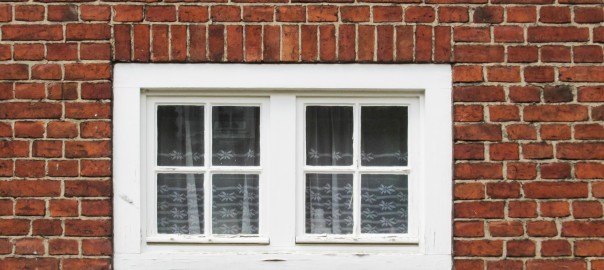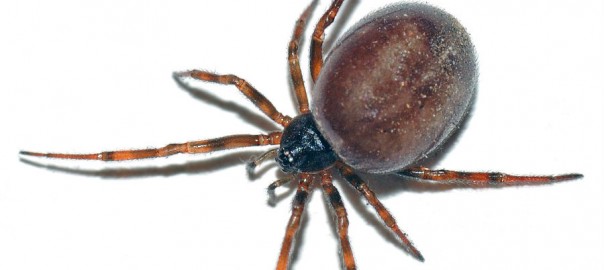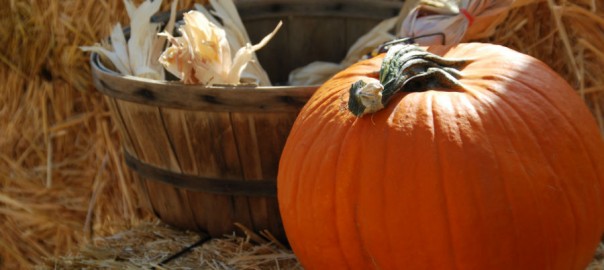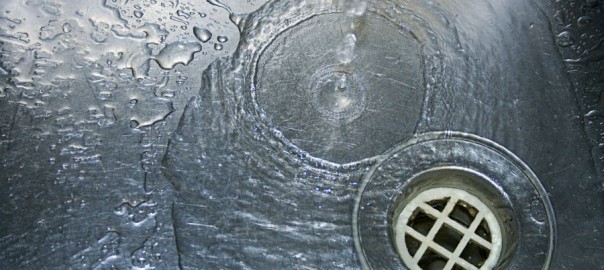Even though I can see the sunlight shining warmly through my window, winter will be on its way soon enough, so it’s at this time of year that we like to take a minute to send a few household tips out into the world.
Everyone wants to save money on their heating bills, especially with them constantly inflating. Well this is the time to start putting into practice all those things you always want to do, to reduce those costly bills. We’ve even done the hard work for you. We’ve compiled a list of things, some cheap and cheerful, some merely cost effective.
However our hints are not all about saving money, some checks could save your life!
- Why would I use draught excluders?
Using draught excluders stops the cool breeze coming through the gaps in doors, fittings, suspended, floors boards. But be careful not to block intentionally ventilated areas like extractor fans and grilled or vents in doors, floors and windows, these are designed to reduce condensation. Draught exclusion, can save between: £10 – £60, a year off your heating bills.
Draught excluders can be made very cheaply and with very little skill involved: Link to how to make a draught excluder page.
- How much money will I save if I turn down the temperature on my thermostat?
By turning down the temperature on your heating thermostat you can save up to 10% off your yearly heating bill. Pop on a jumper instead.
You could go one stage further, and reduce the amount of time your heating is on per day. If for instance, you set your heating thermostat to turn your heating off half an hour before you go to work and say half an hour before you usually go to bed, depending how long you have your heating on for during the day, you could save a between 3-5% of your heating costs a year. If you leave the heating on all day, even when there is nobody in you’ll be able to save even more.
- Will I save money by turning off my appliances rather than putting them on standby?
Yes is the simple answer. I know we all think it’s a time consuming task to turn things off at the mains, rather than just pushing a button to put them on standby…but what if I told you that you could actually save about £75 a year for 5 minutes of effort.
- Why does it matter how much water I put in the kettle I have to boil it just the same?
The basic science-y stuff, is that you use more energy by boiling more water than you need to, and you will effectively end up boiling the same bit of water several times. However by only filling the kettle with the amount you need, you could save between £50 and £75 a year dependent on the amount of use the kettle gets on the average day.
Radiators
- How do I check that my radiators are working at their peak efficiency?
Radiators work by having pumped, hot water or steam, circulate through a house using a system of connecting pipework. It is essential for the radiator system to work properly, so that the homeowner gets the required amount of heat expected when it is needed. When the radiators are not performing their task correctly, not only do some rooms appear cooler than others, but the homeowner will more often than not turn the thermostat up in order to combat the coldness. The problem is often, that the hot water is unable to flow through the pipes effectively. This can be because of a few reasons, the most common being either trapped air in the pipes due to little or no use over the summer, or possibly a build-up of sludgy black residue that settles at the bottom of the radiators. The general rule of thumb is that if the radiator is cold at the top, then it probably needs to have the air bled out of the radiators, and if it is cold at the bottom, then it is probably that it will need to be power flushed in order to reduce the amount of residue contained in the radiators. In both cases it is best to get a professional plumber to come and deal with the problem as hot water can cause serious injuries and should be treated with caution.
(Plumbing Harrow)
Boilers
- How can I check my boiler?
For a start, if you are in rented accommodation your boiler should be serviced every year by a Gas Safe engineer, who will issue a Gas Safety certificate-CP12 to your landlord, and be made available for you to check that the boiler has been regularly serviced.
In a privately owned house or flat it is down to the individual home owner to keep up regular services on their boiler which ideally should be performed yearly by a Gas Safe engineer. Most problems with the boiler can be easily recognised as a fault, even if the homeowner has no idea what the fault is, i.e. the pilot light going out or water not heating up etc; however carbon monoxide problems are almost impossible to detect.
- Are there any ways to detect carbon monoxide?
Carbon monoxide, has no smell or taste, it is possible that if there is a carbon monoxide leak, some members of the household may experience flu-like symptoms, but that is by no means conclusive of the presence of carbon monoxide. However if you have any suspicions about carbon monoxide being present, then you should turn off all appliances, as your boiler is not the only potential source of carbon monoxide poisoning, and call out a professional. An inexpensive carbon monoxide detector is another option, authorities are suggesting that these detectors are as essential in the home as smoke detectors. If the detector raises an alarm. Make sure that every member of your household evacuates the premises, including pets, whilst the problem is rectified.
(Plumbing Ipswich)
That’s probably enough to be going on with for now. I’ll be back soon with some more tips, hints and advice for saving money and for being more environmentally friendly.









